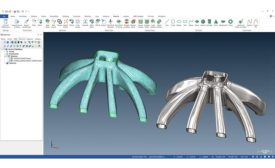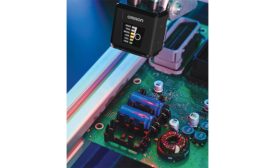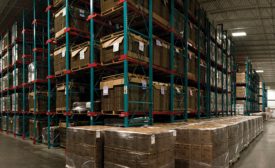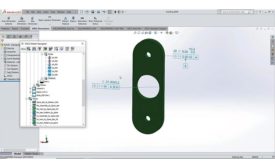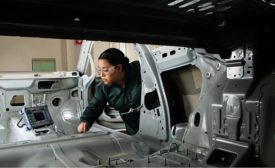Home » Keywords: » traceability
Items Tagged with 'traceability'
ARTICLES
Measurement
A Story on Purchasing the Wrong Equipment and Keeping It.
Read More
Measurement
Unraveling the Tom Brady Deflategate
A comprehensive analysis of measurements, traceability, and uncertainty in the Tom Brady controversy.
January 15, 2024
Three security features that should come standard in your SPC software
Genealogy, traceability and access logs are just some of the necessary factors that can keep your SPC software under proper lock and key.
April 7, 2021
Vision & Sensors
Achieving higher levels of quality consciousness with Traceability 4.0
Success in building the factory of the future depends on manufacturers reimagining and broadening their investment in an operational stragety that's been around for decades.
June 25, 2020
Digitally Transform Your Quality Compliance
Keep up to date with changing requirements while keeping the business operating profitably and in compliance.
March 15, 2020
Manufacturing Medical
Medical devices warrant high levels of traceability in order to obtain, track and analyze data.
March 2, 2020
Automobiles and Automation
From the wheel and horse to the push of a button.
January 15, 2020
Trends in Automotive Inspection
Intelligent factories, electric vehicles and traceability are just some of the factors that are influencing change in automotive part inspection, say experts in the field.
January 15, 2020
Get our new eMagazine delivered to your inbox every month.
Stay in the know with Quality’s comprehensive coverage of the manufacturing and metrology industries.
SIGN UP TODAY!Copyright ©2024. All Rights Reserved BNP Media.
Design, CMS, Hosting & Web Development :: ePublishing





